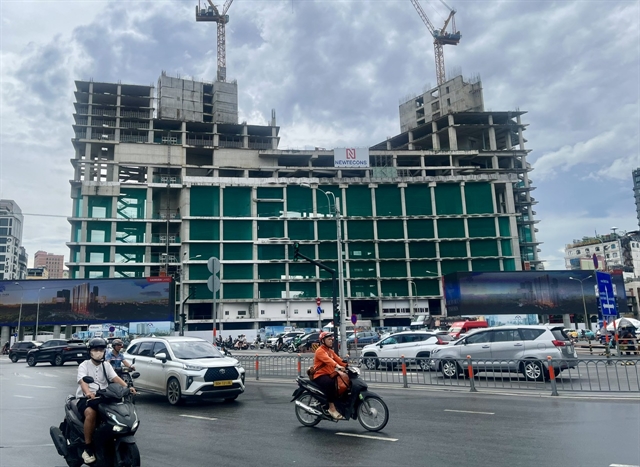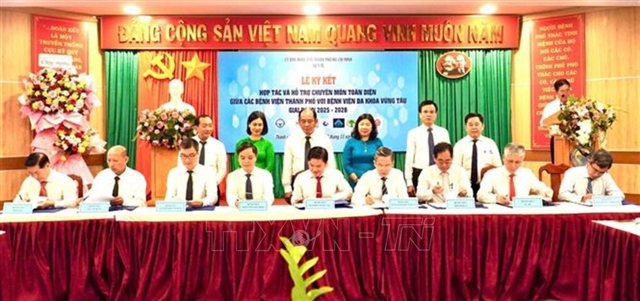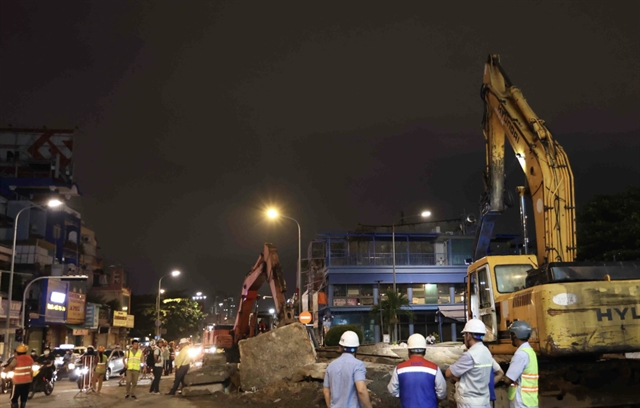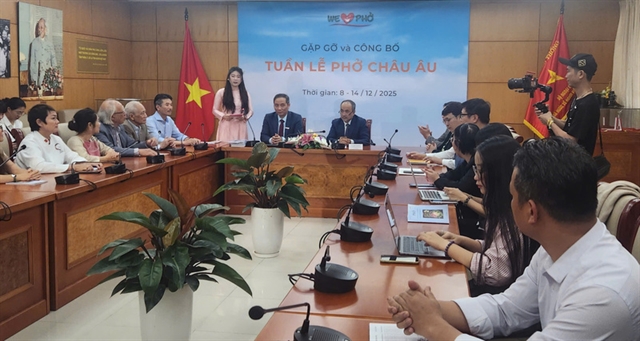 Opinion
Opinion

Lưu Duy Dần, Chairman of Vietnamese Traditional Villages Association, speaks to the Hải quan (Customs) newspaper about the special role played by the Government toward the survival of traditional villages in the context of rapid global integration
 |
| Lưu Duy Dần. — Photo Cinet.vn |
Lưu Duy Dần, Chairman of Vietnamese Traditional Villages Association, speaks to Hải quan (Customs) newspaper about the role played by the Government to help traditional craft villages survive in the context of rapid global integration
Why are many Vietnamese traditional silk villagers changing to other occupations?
Silk weaving is an old traditional occupation for many years and the Vạn Phúc Silk Village - some 10km from central Hà Nội, is renowned for its traditional silk weaving techniques and high-quality products.
Like other traditional craft villages nationwide, silk weaving villages have faced many challenges in their development as a lot of Chinese silk products have been imported into Việt Nam. In the past, the La Khê or Vạn Phúc silk sold like hot cakes to make costumes for royal families or land lords, but since 2011, sales have been sluggish.
In La Khê Village, for example some 200 looms have become idle and workers have switched to other jobs. The situation in Vạn Phúc Village is not much better. It is projected that if the situation does not improve, Vạn Phúc silk will disappear like La Khê.
Many people practising traditional crafts can’t live on their traditional crafts due to the rapid introduction of modern technology while the young generation tend to look for other jobs.
Should backward technology be blamed for the demise of Vietnamese traditional silk weaving?
Yes. It is undeniable! In the rapid development of modern technology, the age-old technology is no longer suitable. If we want to maintain traditional silk weaving, we need to introduce modern technology to replace old equipment.
Of course, to produce traditional weaving products with modern technology, we need to utilise the skills of artisans in developing new and attractive patterns which are deeply imbued with traditional patterns.
In your opinion, what are the main causes leading to the demise of our traditional silk villages?
The most basic problem here is that our country lacks development policies. We have many traditional craft villages, but there is no specific policy about them. The policy must enable people to live on their occupation and their traditional products meet requirements set by international integration. One problem is that many importers have imposed requirements on imported products and goods from traditional villages are no exception.
In Việt Nam, traditional craft villages are managed by various ministries, including the Ministry of Agriculture and Rural Development, the Ministry of Culture and the Ministry of Trade and Industry. This has caused difficulties for these villages. If we want to make positive changes to enable the villages to do their business easier, we need the Government’s involvement.
In the context of international integration, what should traditional craft villages do?
It is imperative to maintain the age-old traditional occupations of our craft villages. They are the quintessence and the pride of our nation. If we have a good investment plan, many traditional villages, including the Vạn Phúc silk village, villagers can still live on their traditional practices. And Vạn Phúc will become a destination for tourists from far and near for its traditional silk weaving techniques and high-quality products. Today, Vạn Phúc’s silk products are not only sold to tourists in Hà Nội, but also exported abroad.— VNS




